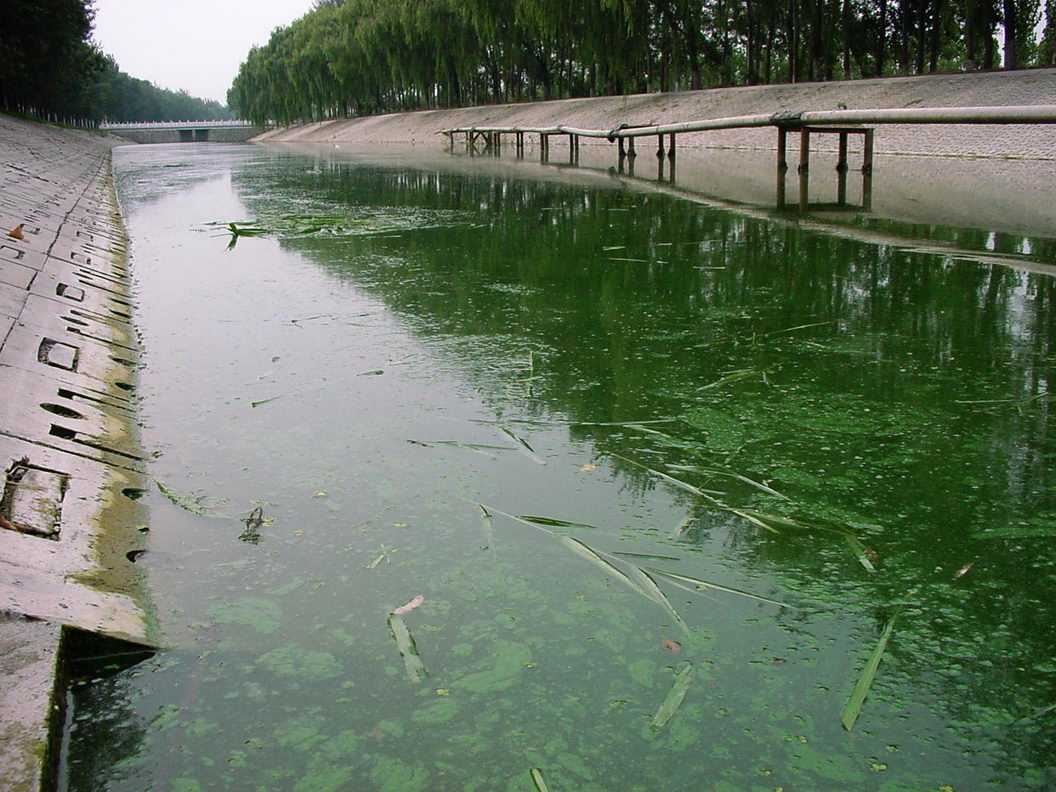News
-

Good news: Winning bid! Lianhua got an order of 40 sets of water quality analyzer from government departments
Good news: Winning bid! Lianhua won the bid for 40 sets of water quality measuring instruments for the ecological law enforcement equipment project in Zhengzhou City, Henan Province, China! New year, new atmosphere, good luck comes in the Year of the Dragon. Recently, good news came from Lianhua...Read more -

Introduction to commonly used water quality testing technologies
The following is an introduction to the test methods: 1. Monitoring technology for inorganic pollutants Water pollution investigation starts with Hg, Cd, cyanide, phenol, Cr6+, etc., and most of them are measured by spectrophotometry. As environmental protection work deepens and monitoring servic...Read more -

Effects of COD, ammonia nitrogen, total phosphorus and total nitrogen on water quality
COD, ammonia nitrogen, total phosphorus and total nitrogen are common major pollution indicators in water bodies. Their impact on water quality can be analyzed from many aspects. First of all, COD is an indicator of the content of organic matter in water, which can reflect the pollution of organi...Read more -
Key points for water quality testing operations in sewage treatment plants part twelve
62.What are the methods for measuring cyanide? Commonly used analysis methods for cyanide are volumetric titration and spectrophotometry. GB7486-87 and GB7487-87 respectively specify the determination methods of total cyanide and cyanide. The volumetric titration method is suitable for the analys...Read more -

Key points for water quality testing operations in sewage treatment plants part eleven
56.What are the methods for measuring petroleum? Petroleum is a complex mixture composed of alkanes, cycloalkanes, aromatic hydrocarbons, unsaturated hydrocarbons and small amounts of sulfur and nitrogen oxides. In the water quality standards, petroleum is specified as a toxicological indicator a...Read more -

Key points for water quality testing operations in sewage treatment plants part ten
51. What are the various indicators that reflect toxic and harmful organic matter in water? Except for a small number of toxic and harmful organic compounds in common sewage (such as volatile phenols, etc.), most of them are difficult to biodegrade and are highly harmful to the human body, such a...Read more -

Key points for water quality testing operations in sewage treatment plants part nine
46.What is dissolved oxygen? Dissolved oxygen DO (abbreviation for Dissolved Oxygen in English) represents the amount of molecular oxygen dissolved in water, and the unit is mg/L. The saturated content of dissolved oxygen in water is related to water temperature, atmospheric pressure and the chem...Read more -

Key points for water quality testing operations in sewage treatment plants part eight
43. What are the precautions for using glass electrodes? ⑴The zero-potential pH value of the glass electrode must be within the range of the positioning regulator of the matching acidimeter, and it must not be used in non-aqueous solutions. When the glass electrode is used for the first time or i...Read more -

Key points for water quality testing operations in sewage treatment plants part seven
39.What are water acidity and alkalinity? The acidity of water refers to the amount of substances contained in the water that can neutralize strong bases. There are three types of substances that form acidity: strong acids that can completely dissociate H+ (such as HCl, H2SO4), weak acids that pa...Read more -

Key points for water quality testing operations in sewage treatment plants part six
35.What is water turbidity? Water turbidity is an indicator of the light transmittance of water samples. It is due to the small inorganic and organic matter and other suspended matter such as sediment, clay, microorganisms and other suspended matter in the water that cause the light passing throu...Read more -
Key points for water quality testing operations in sewage treatment plants part five
31.What are suspended solids? Suspended solids SS are also called non-filterable substances. The measurement method is to filter the water sample with a 0.45μm filter membrane and then evaporate and dry the filtered residue at 103oC ~ 105oC. Volatile suspended solids VSS refers to the mass of sus...Read more -

Key points for water quality testing operations in sewage treatment plants part four
27. What is the total solid form of water? The indicator reflecting the total solid content in water is total solids, which is divided into two parts: volatile total solids and non-volatile total solids. Total solids include suspended solids (SS) and dissolved solids (DS), each of which can also ...Read more




